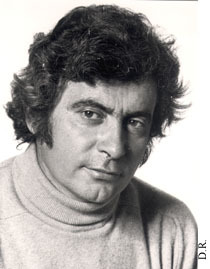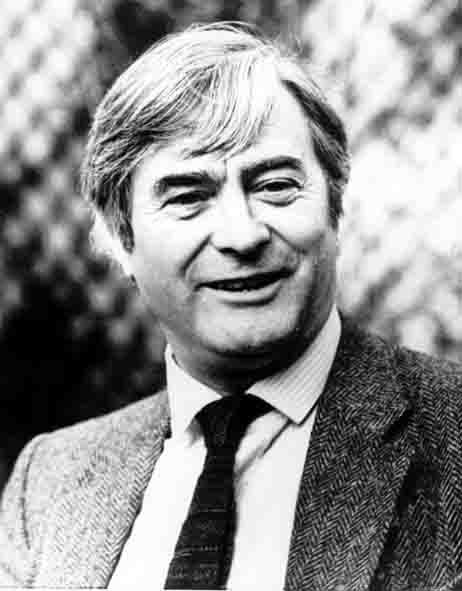
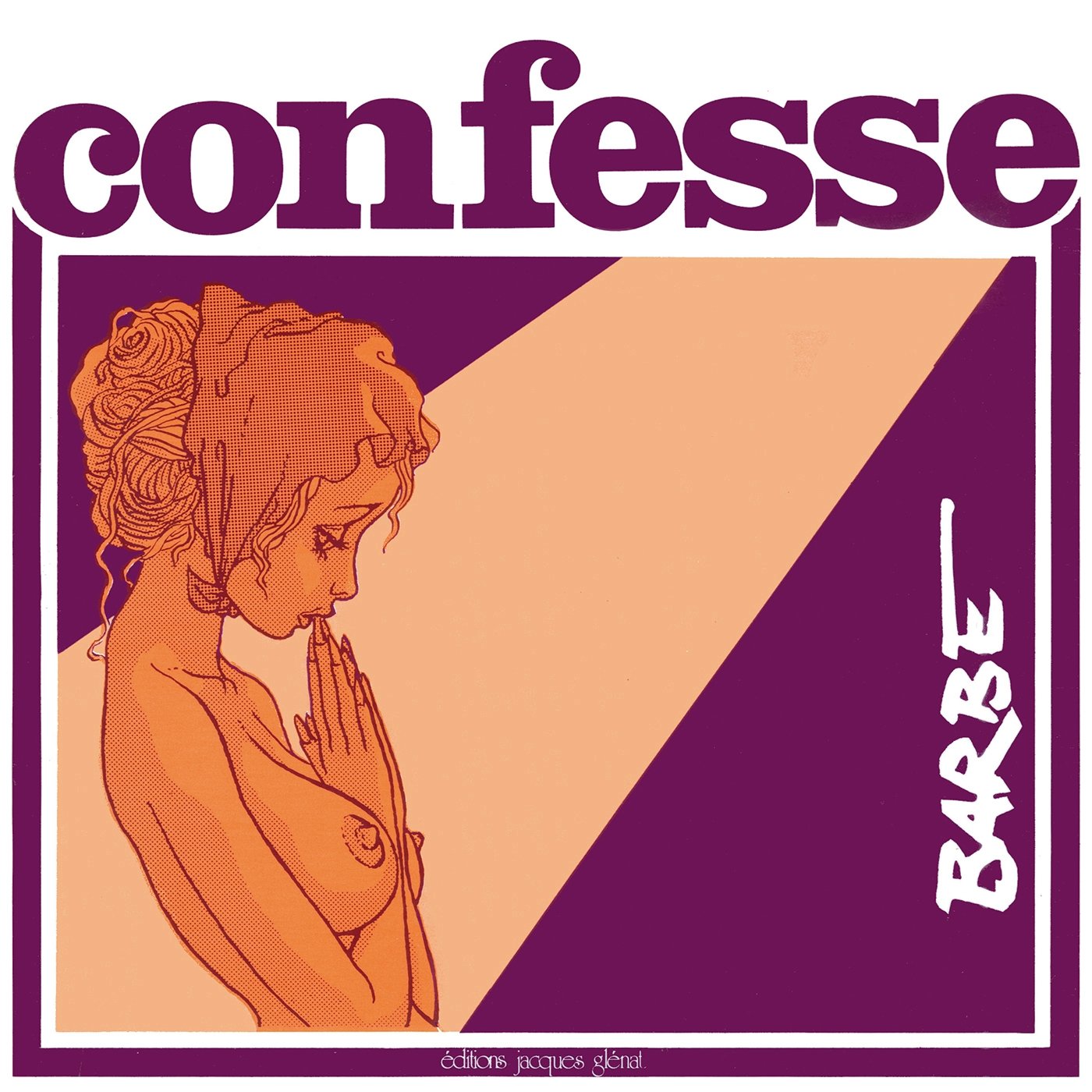
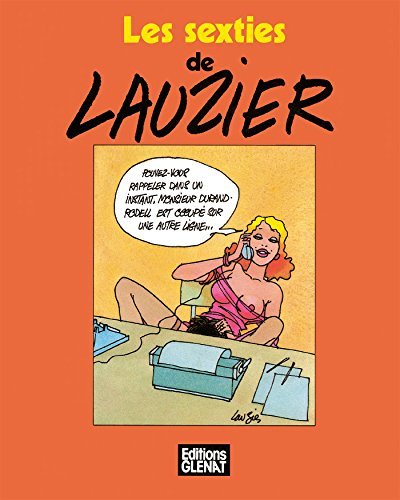
Books in series

Après la bombe Tome 1
Patrimoine Glénat 1
2016

Confesse
Patrimoine Glénat 19
2016

Les Sexties
Patrimoine Glénat 60
2016

La fabbrica
1979
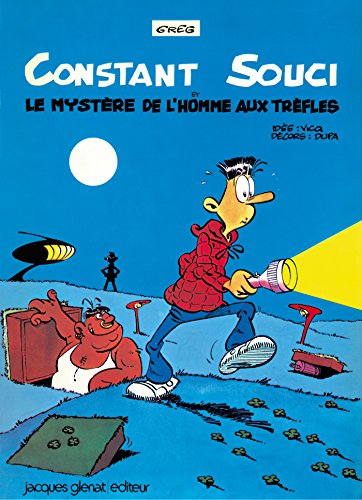
Constant Souci
Patrimoine Glénat 20 - Le mystère de l'homme aux trèfles
2016
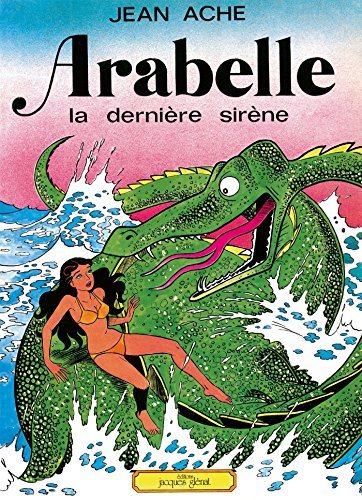
Arabelle
Patrimoine Glénat 3
2016

Messager du roy Henri
Patrimoine Glénat 64
2016

Ulysses
1974
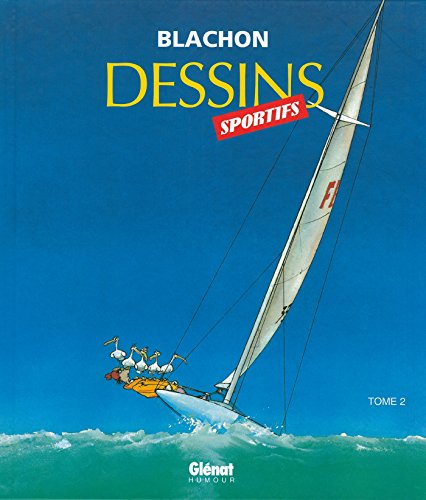
Dessins Sportifs - Tome 02
Patrimoine Glénat 23
2001
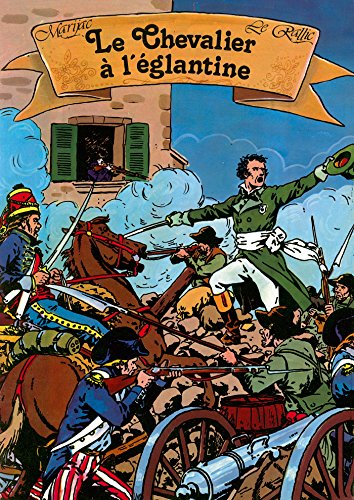
Le chevalier à l'églantine
Patrimoine Glénat 43
2016
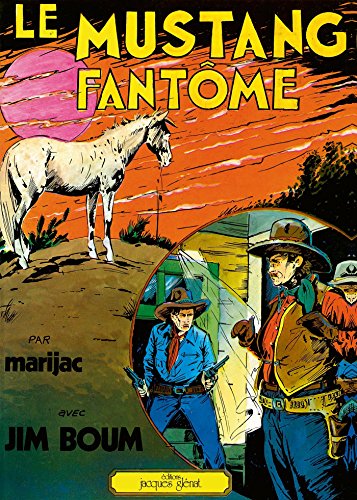
Jim Boum
Le Mustang fantôme
2016
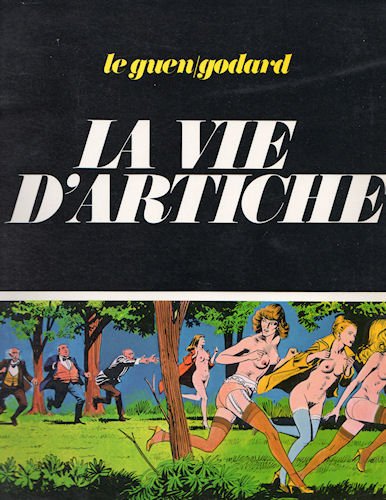
La vie d'Artiche
1979
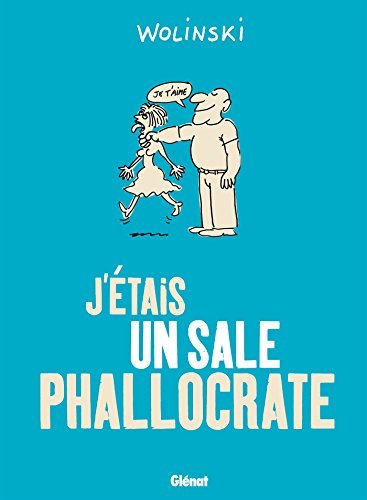
J'étais un sale phallocrate
Patrimoine Glénat 35 (Drugstore)
2016
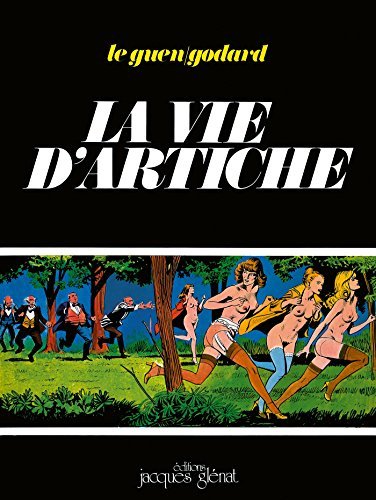
Vie d'artiche
Patrimoine Glénat 99
2016
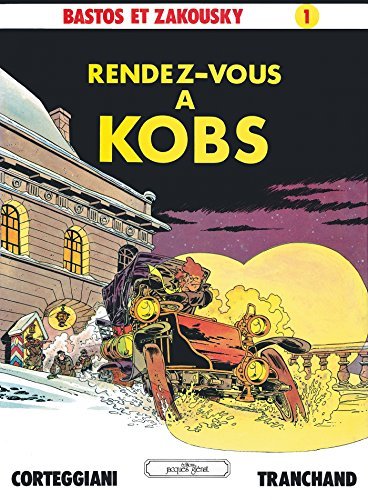
Bastos et Zakousky - Tome 01
Patrimoine Glénat 5 - Rendez-vous à Kobs
2016
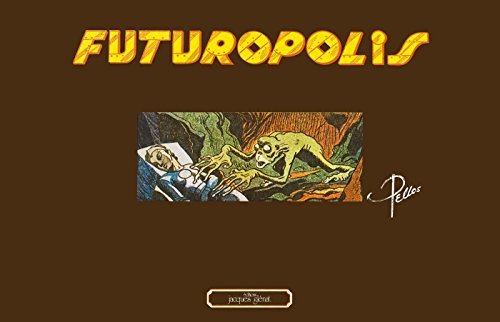
Futuropolis
Patrimoine Glénat 29
2016
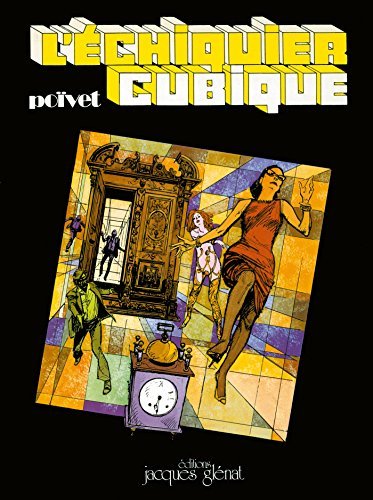
L'échiquier cubique
Patrimoine Glénat 47
2016
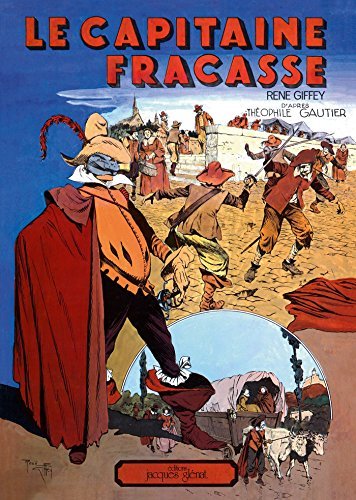
Capitaine Fracasse
Patrimoine Glénat 9
2016
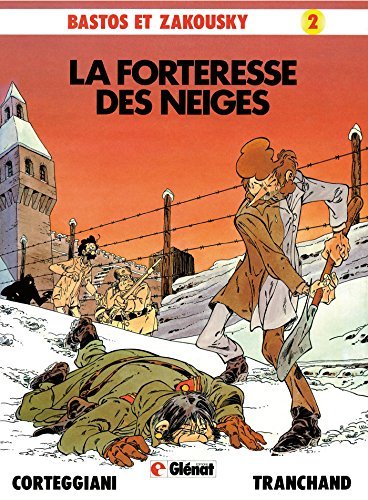
Bastos et Zakousky - Tome 02
Patrimoine Glénat 6 - La forteresse des neiges
2016
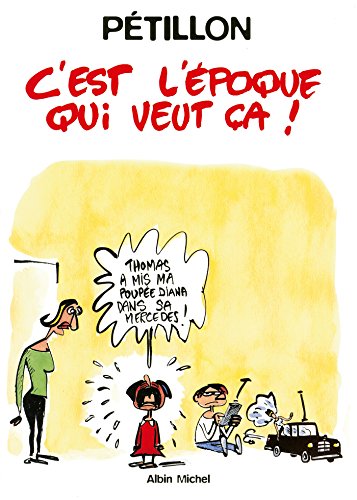
C'est l'époque qui veut ça
Patrimoine Glénat 13 (Humour)
1998
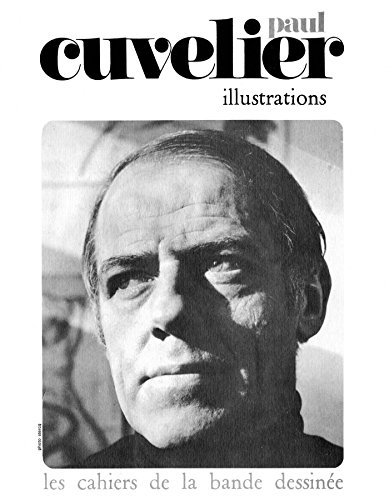
Illustrations - Paul Cuvelier
Patrimoine Glénat 32
2016
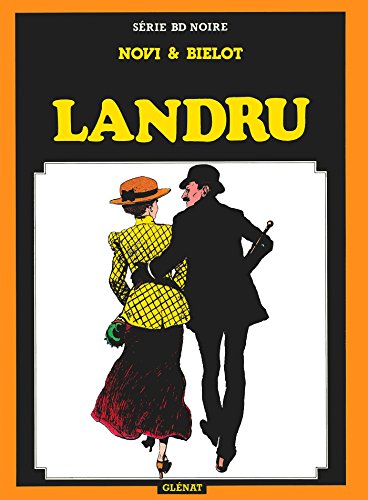
Landru
Patrimoine Glénat 40
2016
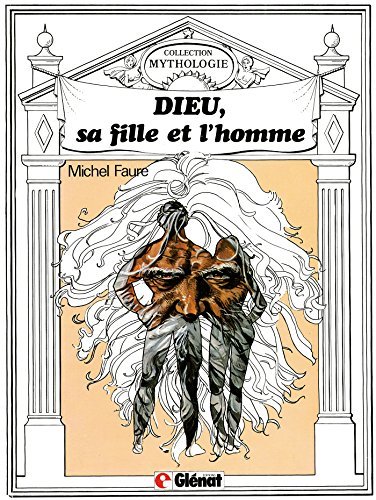
Dieu, sa fille et l'homme
Patrimoine Glénat 26
2016
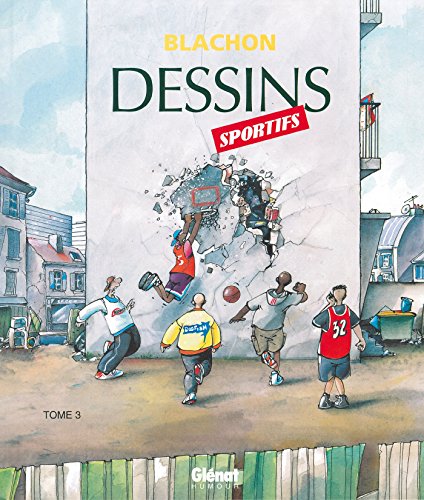
Dessins Sportifs - Tome 03
Patrimoine Glénat 24
2002
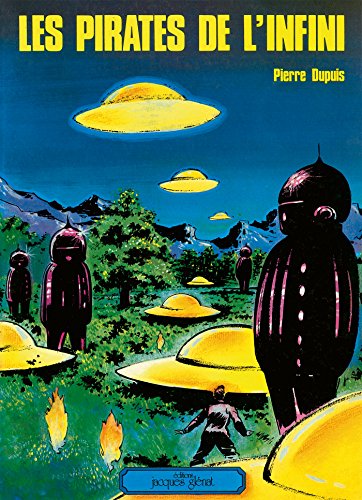
Les pirates de l'infini
Patrimoine Glénat 59
2016
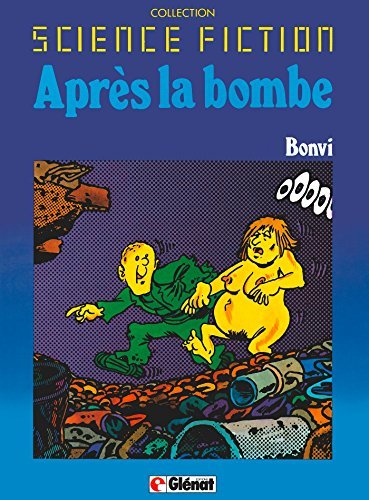
Après la bombe Tome 2
Patrimoine Glénat 2
2016
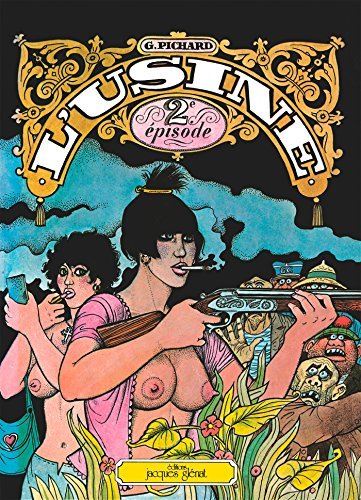
Usine tome 2
Patrimoine Glénat 96
1979
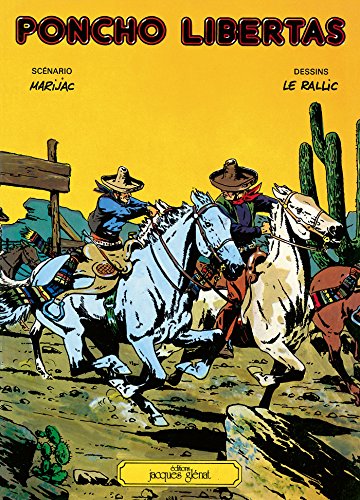
Poncho Libertas tome 1
Patrimoine Glénat 71
2016
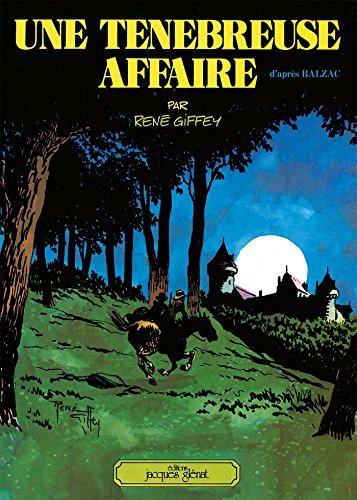
Une ténébreuse affaire
Patrimoine Glénat 94
2016
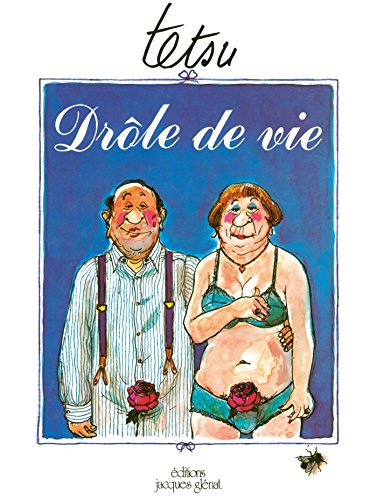
Drôle de vie
Patrimoine Glénat 27
2016
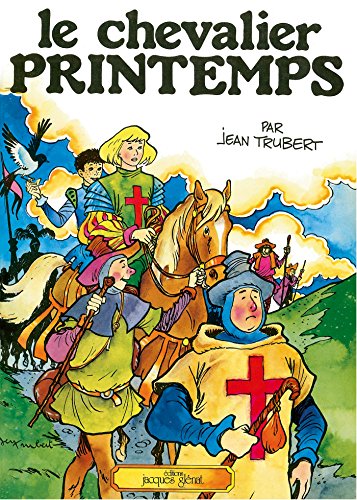
Le chevalier Printemps
Patrimoine Glénat 44
2016
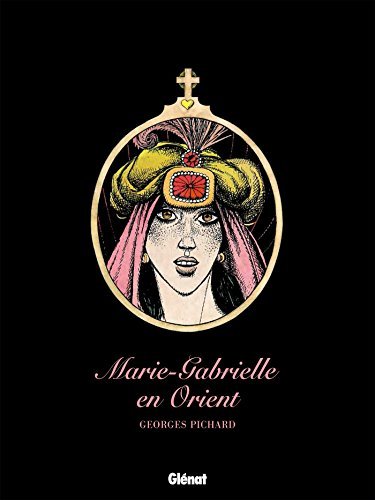
Marie-Gabrielle en Orient
2016
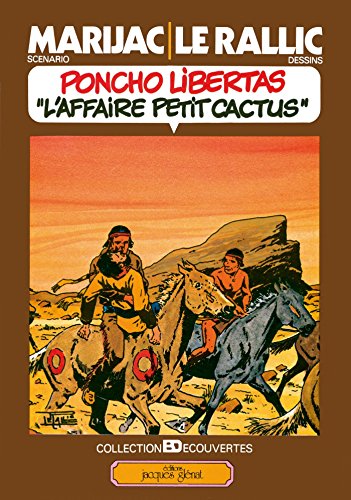
Poncho Libertas tome 2 - l'affaire Petit Cactus
Patrimoine Glénat 72 - L'affaire Petit Cactus
2016
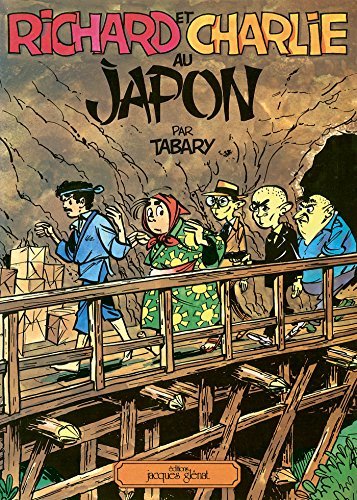
Richard et Charlie au Japon
Patrimoine Glénat 78
2016
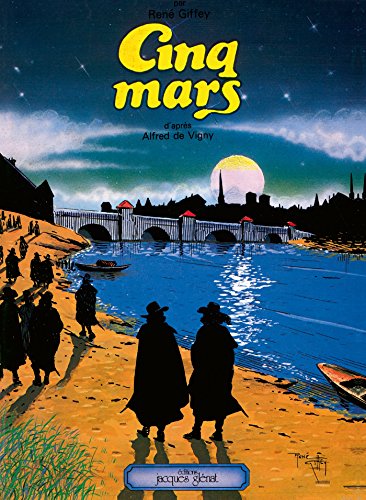
Cinq Mars
Patrimoine Glénat 16
2016

Sam Pezzo
1989
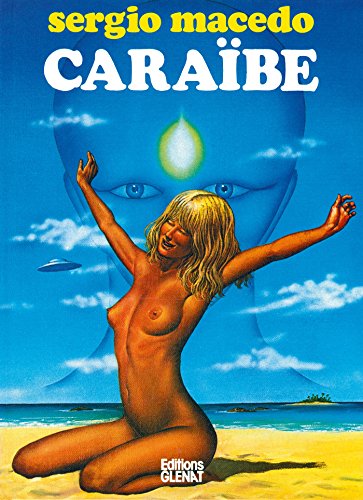
Caraïbe
Patrimoine Glénat 10
2016
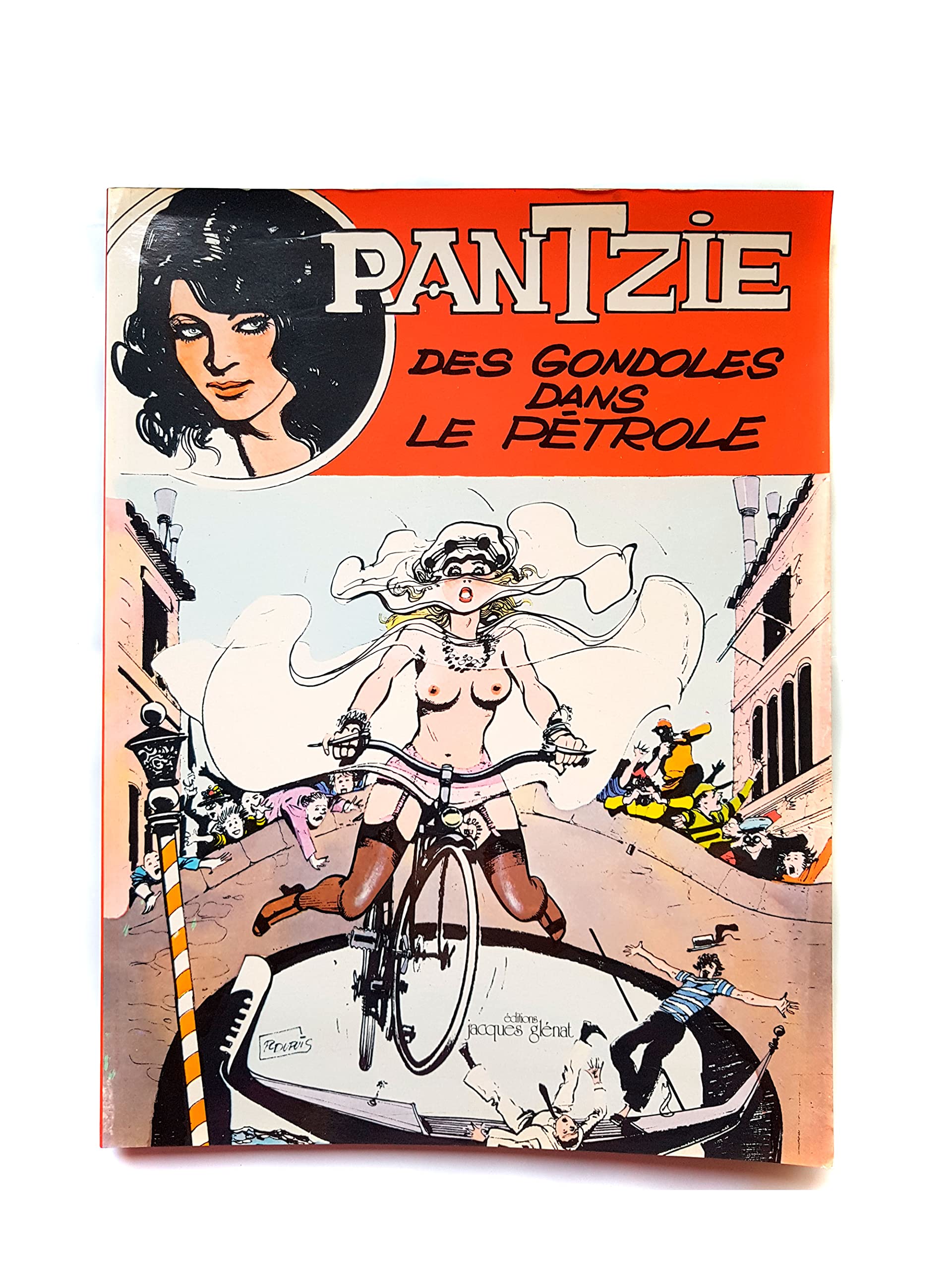
Des gondoles dans le pétrole
2016
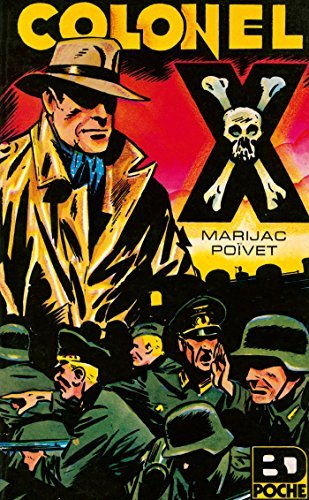
Colonel X
Patrimoine Glénat 17
2016
Authors


Pseudonym of Michel Regnier, who also published as Michel Denys and Louis Albert. He legally changed his name to Michel Greg in 1975. The series for which Greg is best known, Achille Talon, began in 1963 in Pilote magazine, also the source of comics such as Asterix. Regnier became editor-in-chief of Tintin magazine in 1966 and remained so until 1974. He introduced a more adult genre, with less perfect heroes and more violence. He created some of his most famous series like Bruno Brazil and Bernard Prince in this period, and introduced artists like Hermann to the magazine. In 1975 he became literary director for the French publisher Dargaud and launched Achille Talon magazine. As "Greg", Regnier was one of the most prolific creators of Franco-Belgian comics, working in all genres and collaborating with many other European artists and scriptwriters. Well known for working with artist Hermann, Greg also worked with André Franquin, Eddy Paape (Luc Orient), Dany, Albert Uderzo and René Goscinny, and many others. It is estimated that he contributed as a writer and an artist to some 250 comic albums. Hergé asked him to remake two of The Adventures of Tintin—The Seven Crystal Balls and Prisoners of the Sun—into a script for one long animated movie, Tintin and the Temple of the Sun. He also wrote the script for Tintin and the Lake of Sharks.
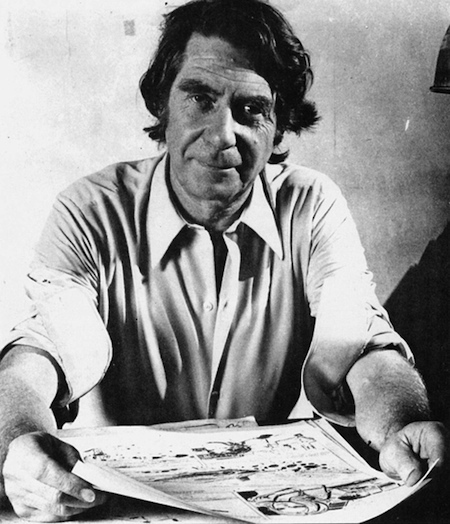
Cartoonist. After studies in École des Beaux-Arts of Paris, he started in comics in 1941. In 1945 he joined the communist French comics weekly magazine Vaillant, which was renamed Pif in 1969. He created the first and longest running French science-fiction comics: Les Pionniers de l'Espérance, which lasted until 1973. The scenarios were written by Roger Lecureux. Meanwhile, he also drew for other comics and feminine magazines: Colonel X in Coq hardi, Mam'zelle Nitouche in L'Humanité, and Guy Lebleu in Pilote. He died in Nogent-le-Rotrou (Eure-et-Loir).


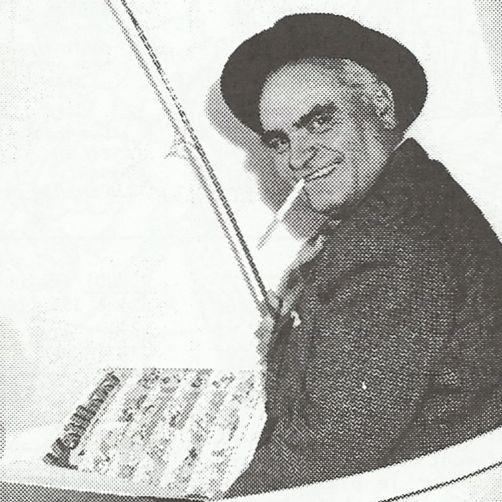
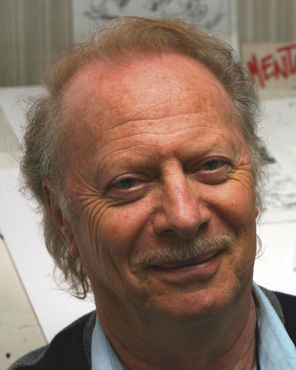
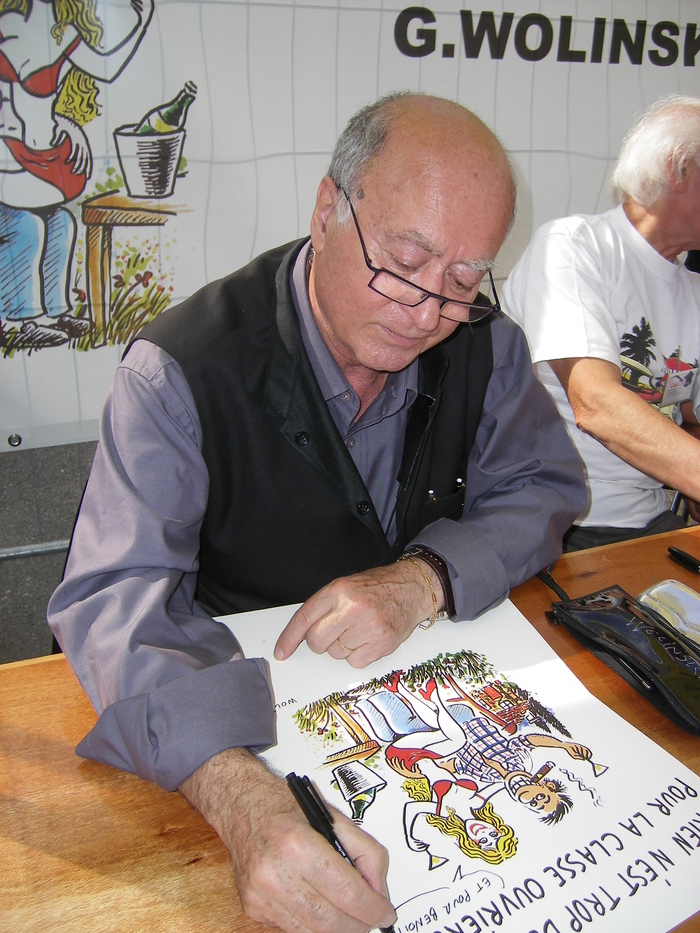
Wolinski was born in Tunis, French Tunisia, the son of Lola Bembaron and Siegfried Wolinski. His father was a Polish Jew and his mother was a Tunisian Jew. After discontinuing his architecture studies in Paris, Georges Wolinski began cartooning in 1960, contributing political and erotic cartoons and comic strips to the satirical monthly Hara-Kiri. During the student revolts of May 1968, Wolinski co-founded the satirical magazine L'Enragé with Siné. In the early 1970s, Wolinski collaborated with the comics artist Georges Pichard to create Paulette which appeared in Charlie Mensuel and provoked reactions in France during its publication. Wolinski's work has appeared in the daily newspaper Libération, the weekly Paris-Match, L'Écho des savanes and Charlie Hebdo. Wolinski died along with nine of his colleagues, including Cabu, Charb and Tignous, in the gun attack at Charlie Hebdo's offices in Paris in 2015. Source: Wikipedia

Georges Pichard inició su carrera como dibujante publicitario, aunque después de la II Guerra Mundial se dedicó profesionalmente a la enseñanza de dibujo en la Escuela de Artes Aplicadas de la capital francesa. Desde mediados de los años cuarenta colabora con algún dibujo o alguna ilustración en publicaciones que ofrecían humor gráfico o historietas satíricas, como las del sello Imperia. Rire o Veillées des Chaumières. Fue Losfeld, el carismático editor francés, quien le descubrió para la historieta, encargándole una obra para la revista V Magazine: "Lolly Strip". Su turbadora forma de componer y dominar los volúmenes le capacitaba para el cómic erótico y lo demostró con sus siguientes trabajos: Blanche Epiphanie, Paulette (acaso su obra más popular), y Caroline Choiera. En los años cincuenta colaboró con revistas francesas de la relevancia de La Semaine de Suzette o Chouchou para la cual dibujó "Ténébrax", sobre guiones de Lob. Con este versátil guionista abordó la adaptación homérica "Ulysse", que le consolidó como gran historietista de su tiempo tras su publicación -fragmentada- en Linus, en Charlie y en Phénix. Otros trabajos de Pichard se publicaron en distintas cabeceras francesas: Culbuteur L'Echo des Savanes, Le Canard Enchainé, incluso France Soir.


Vittorio Giardino (Bologna, 1946) è un fumettista italiano. Laureato in ingegneria elettronica intraprende solo in una seconda fase della sua vita la carriera di autore di fumetti e raggiunge progressivamente la maturità artistica sia per la perfetta connotazione del tratto sia per le sue capacità narrative. Nei suoi racconti è attraversata tutta la storia europea del Novecento, la guerra civile di Spagna, il Nazismo, lo Stalinismo e la sua fine. Il Nostro Autore, nel suo percorso artistico di maturazione, passa dal genere hard-boiled di Sam Pezzo alla spy-story con venature politiche ed intellettuali di Max Fridman, al fumetto erotico con Little Ego, fino ad arrivare al capolavoro, del quale noi lettori attendiamo il completamento, di Jonas Fink, il romanzo di formazione di un giovane ebreo praghese dal dopoguerra alla caduta del muro. Con Jonas Fink riceve il premio Alph-Art al salone di Angoulême (1995) e l'Harvey Awards al San Diego Comic Con. (1998).
